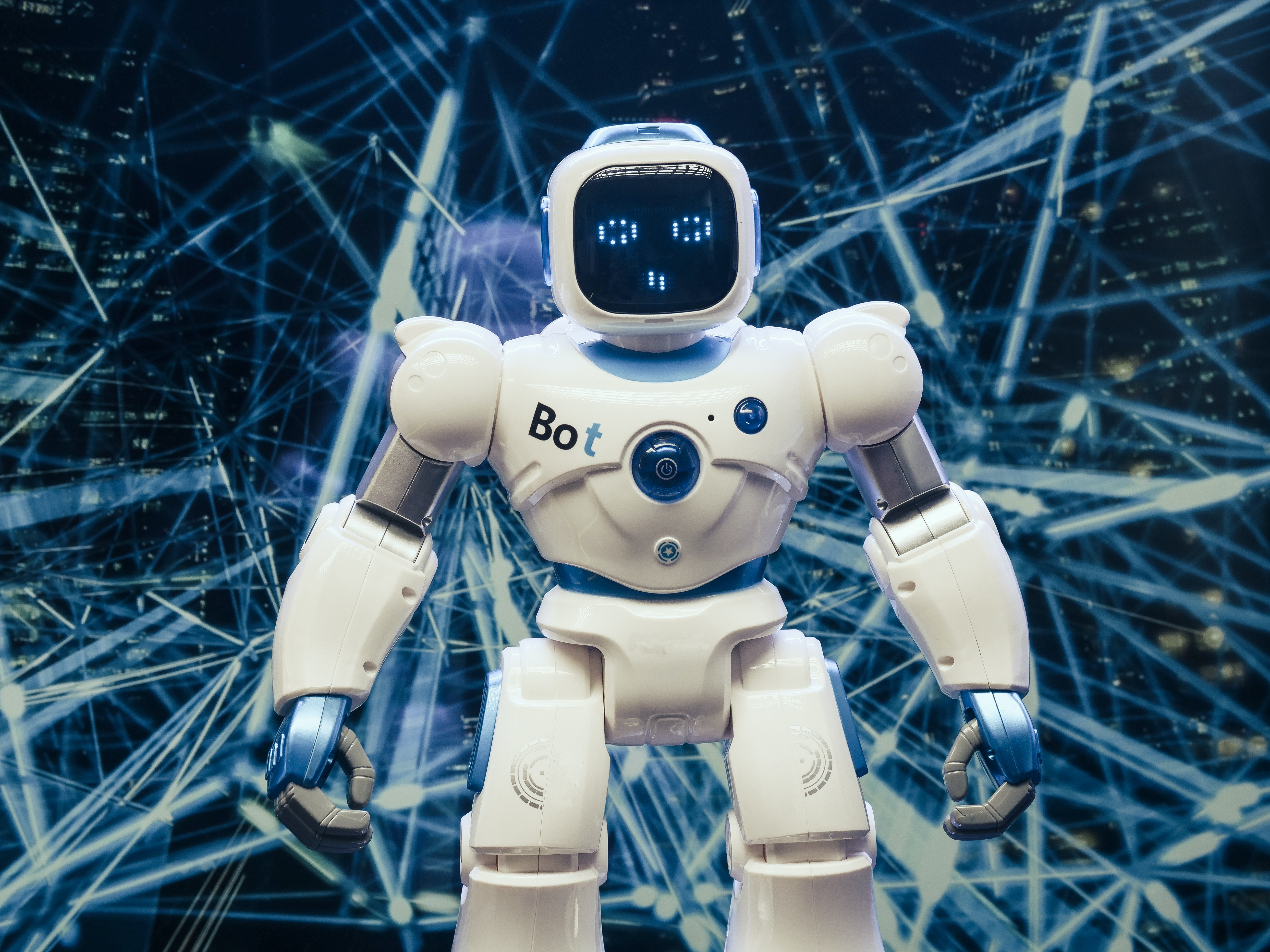Rômulo Luzia
Former Conversational AI Designer
If you’ve been on the Internet in the past few months (and if not, where on earth have you been?!), then you must have heard about ChatGPT, the large language model (LLM) developed by OpenAI that everyone was (and still is) raving about.
ChatGPT’s charm lies in the fact that it manages to interact with users in an easy, human-like, and conversational way that makes other chatbots feel, well, dumb. It’s even been suggested as the future of search engines, potentially challenging the dominance of Google to the point they issued a ‘code red’ at the threat to their core business.
Other companies were quick to recognize ChatGPT’s potential for revolutionizing the way people interact with technology and are already investing heavily into it — most notably Microsoft, who funded $10 billion into the project mere days after announcing 10,000 layoffs. The writing is on the wall.

With a dataset of millions of documents, it works by predicting the next token in a sequence, which allows it to mimic human language patterns and perform very convincing conversations. Its adoption rate is also something unprecedented: in only five days, OpenAI managed to garner 1 million users — a feat that took even Facebook 10 months.
Saying that ChatGPT and other LLMs have piqued the interest of the conversational AI community is an understatement. While some (myself included) gladly welcome the advent of such technology, others might even say that the doomsday for conversational design has arrived. I mean, if now literally anyone can create interactions with a robot and make it convincingly sound like a person, then surely the need for people to do that for a living is now obsolete.
In a world where AI can also generate pictures and music, we can imagine a bleak future where all creative professionals could be replaced by code. That’s an understandable and alarming conclusion, but for now at least, it’s simply not the case. New technology should never be seen as the replacement for human creativity and expertise, rather just another new tool to use. Artists are already integrating generative AI into their workflows to realize incredible ideas at the speed of thought. And the field of conversation design is no exception to that idea: we’re not worried, we’re excited.

To do that, we must be information hoarders: we need to familiarize ourselves with different systems; to know their boundaries, strengths, and weaknesses; we must research who we’re designing for and what their preferences are; we come up with hypotheses and test them; we compare user data with best practices to decide on the best course of action.
We’re more than simple sentence writers. No matter how amazing and advanced the technology is, this groundwork still needs to be done - and that is what makes our expertise irreplaceable.
“OK, but LLMs could help you with that!” – absolutely correct! And that also reflects exactly the daily challenge conversation designers face: the constant flux of new technologies arriving and disappearing. All so groundbreaking, all so promising and thought-provoking!
While it’s able to generate inputs,
translate passages,
answer questions,
and summarize information,
we shouldn’t forget that ChatGPT was trained on vast amounts of data extracted from the Internet.
Data which might contain misinformation or be heavily biased.
Therefore, it’s still our task – as thinking humans – to organize and monitor its output to ensure accuracy. Moreover, it might struggle to understand more abstract and complex contexts, or even to nail the formulation of a text to a specific audience. As experts in communication, conversation designers are there to translate nuances into words, granting the appropriate tone to the messages.
Integrating these new technologies into our everyday work is the next step we must take to not only streamline our work and make it more efficient, but also to take our expertise to an even higher level—and keep continuing to improve our output. Working with these cutting-edge tools means redesigning our design process – a task that is exciting and definitely worth tackling, as it might ultimately enhance the way we work.
How can we integrate LLMs in our daily labor, though? While many experts have already brainstormed and hypothesized the impact these models will have in the industry, we might still apply them in ways we still haven’t yet thought of.
As McLuhan famously wrote:
The medium is the message.
That is, the impact of technology is never the technology itself, but how we as a society utilize it, and how it might change us.
The more we familiarize ourselves with these tools and let them transition from novelty to daily occurrence, the broader their scope of application will unfold. For now, as a food for thought, let’s explore the most obvious thing that we can use them for: generating prompts and utterances for a myriad of interactions and as a training set for natural language processing (NLP) models.
Drafting prompts and utterances is one of the canonical tasks of a voice designer.
Want to express certain ideas in a prompt, but don’t really know how to weave them together? Maybe the LLM can help you with some suggestions and you can improve them. Still, don’t simply blindly take what the AI gives you – use your expertise and your ‘being human’ to pinpoint what is good, and what still might need some polish.

You already have a well-defined system persona? Then things get even more interesting! Make sure to describe its personality to the LLM and ask it to generate prompts for you. This input can help the LLM to create sentences that match the personality described, which really helps in allowing the system’s personality to shine through during interactions.
Conversation designers often partner up with computational linguists (that is, when they don’t do the task themselves) in NLP projects. By using ChatGPT, these professionals can let the AI create sentences to feed the models, without having to write them manually. This increased amount of data is beneficial to the NLP model, as it helps it handle more variations in the way users give input, making it less likely, therefore, that mistakes will be made when it encounters new or unexpected linguistic patterns. Better recognition, happier users – win-win for everyone.
This is just the tip of the iceberg. The better we’re accustomed to employing these tools as daily solutions, the broader the horizon of application becomes. The core role of a conversation designer doesn’t change: we still are experts in communication and will apply this knowledge in our daily tasks. Let’s allow these new tools to support our work and let’s be open to new opportunities. While we might not spend so much time formulating sentences ourselves, curating a plethora of generated prompts and being able to come up with clever inputs to get the very best out of the LLMs will become key skills to possess.
In a world that changes so drastically every single day, the sea of possibilities in the conversational AI scene seems endless. As designers, it’s our task to learn how to navigate through these tidal waves, keep our ship afloat, and ensure that we reach our destination.